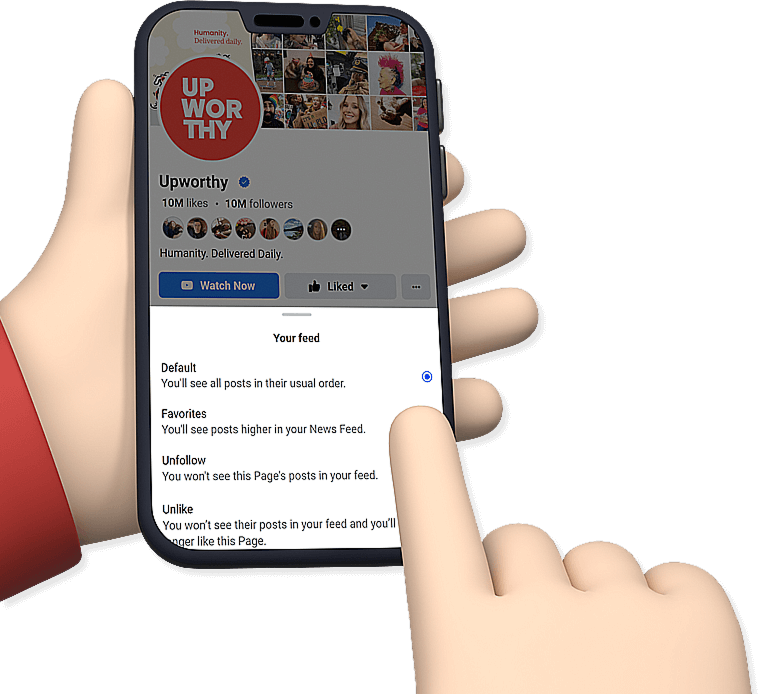How to teach kids to love and respect their bodies, in 8 steps.
How you love and respect your body is how your children will learn to love and respect their bodies.
“Mommy,” my 6-year-old daughter said, “you look beautiful!”
We were in Kauai, Hawaii, and I was in a store trying on a beautiful, sensual bikini with my 42-year-old post-baby body.
I never had worn or owned a bikini — not even when I played soccer and my body was strong and lean. And my body has changed a lot since then. These breasts have offered my children milk for a total of four years. My hips have balanced children on them while cooking dinner, coaching soccer, and helping another child down off the monkey bars at the playground.
Photo via iStock.
I think there comes a time in many women’s lives when we decide we will embrace and embody the sensual, beautiful women we are instead of trying to change ourselves. There I was in the changing room, standing before my children and husband in a Hawaiian bikini. I felt beautiful. A bit self-conscious at first, but beautiful. My family saw my beauty too.
For two weeks on the beaches of Kauai, I wore that bikini. Rubbing my round and flabby stomach now exposed in a bikini, my children told me how they loved my belly. “Yes,” I would say, “I love my belly too.” And I meant it.
And, no, you don’t have to wear a bikini to feel beautiful.
This is about our bodies as moms changing with childbirth and aging with every passing year and about growing in our love and respect for our bodies. This is about how we can model to our children love and respect for their bodies through our deepening regard for our own bodies.
Over the years of being a mom and somatic (body-centered) psychotherapist, I have heard a lot of advice on how to teach our children to respect their bodies. Clients who are parents ask me how to teach their children how to love and respect their bodies so their children don’t have the same hateful relationships they have with their own bodies.
They want to know how to raise children who are confident, love their bodies, and respect other people’s bodies. They want to prevent their children from experiencing trauma and feeling ashamed of their bodies.
If we truly want to support our children in loving and respecting their bodies, I know this:
How you love and respect your body is how your children will learn to love and respect their bodies.
And this:
How you love and respect their bodies is how they will learn to love and respect their bodies.
Photo via iStock.
How do we get there?
Here are eight mindful and compassionate ways to be a parent who models to your children how to regard and love their bodies:
1. Treat yourself with compassion.
One of the surest ways to instill in our children a healthy relationship with their whole self is to start showing ourselves compassion. When someone, including ourselves, is suffering, we are naturally prompted to respond to extend compassion. But often, through experiences of trauma and shame, we have learned to override this innate sense of responding with compassion. Thankfully, we can learn to cultivate compassion again.
When I am having a hard time, my children often will see me doing this: I pause. I put my hand on my heart. And I say to myself (and often so they can hear, too, and learn to do the same), “Wow, I’m having a hard time right now. It’s OK, Sweet Love.” (Yes, I call myself “Sweet Love,” the same words I use with my children). Having compassion for ourselves in everyday life and modeling compassion to our children can be as simple as that.
2. Heal the harshness by “practicing gentleness.”
In a harsh world, gentleness is the antidote. Like compassion, gentleness has transformative power. Gentleness is both soft and strong. By bringing gentleness into situations where we are often prompted to become harsh and controlling, we support connection.
How? Trying asking yourself: “What would ‘practicing gentleness’ with my body look like in my life? What would it look like in my children’s lives?” Is it to go at a slower pace in the day? Is it to use a softer, more accepting tone of voice? Is it a gentle hand on your child’s shoulders when he or she is feeling anxious?
3. Bring “soften” into your everyday vocabulary.
A few years ago, I made “soften” my word for the year because I knew I was being hard on myself. When I looked at my post-baby body — even several years after having children — I would often get dressed, look in the mirror, and say something harsh under my breath. But as I brought the word “soften” into my everyday life, I began to embody this word a little bit more every day. Now, it is commonplace in my own head and in our family.
4. Heal the hurry.
I get it. We have a million things on our plate. We live in a culture that’s addicted to hurry.
Photo via iStock.
But we show this to our kids early, and hurry shows itself in our bodies. So if you can, try to notice your own addiction to hurry. Notice how your body may be addicted to the adrenaline rush of “running late” and hurrying throughout the day. Start to treat your body with respect by saying to yourself (and your children), “It’s OK to slow down.”
5. Show your children how to rest.
Related to our addiction to hurry, we often don’t pause to rest in our day, but our bodies and brains need pauses. Teaching our children to treat their bodies with love and regard involves learning how to rest.
Build rest into your and your child’s day. Look up at the sky as you and your children stand at the bus stop. Lie down for a moment after getting home from school and work. Say to your children, “Let’s rest for a bit.”
6. Do nothing else while you eat.
Mindless eating and busy schedules can create unhealthy habits around food. Because we eat several times a day, building in mindful rituals of pausing while eating supports healthy digestion, regulates nervous systems, and develops a healthy relationship to food and a deep regard for our bodies.
When you eat, do nothing else. Model to your children how to pause and “just eat” when it's time for a meal or snack. Put down the devices and try just eating your food and enjoying each other’s company. Even if it’s for a few moments, such mindful eating supports a healthy regard and love for one’s body.
7. Touch your children kindly.
Walking into my children’s school each morning, I see the tenderness between parents and their children. I see these mindful parents pausing in the hustle and bustle of their morning for a moment of tender connection with their children.
Photo via iStock.
When we are frustrated or angry, it gets harder to touch our children kindly. Yet these moments matter in sending the message to our children that their bodies are to be regarded. When we are frustrated, the greatest practice is to pause and get grounded. We are more likely to respond with kindness instead of react with harshness. When our children’s bodies are treated with kindness, they learn they are worthy of being regarded.
8. Look at your children with regard.
I get it. Many families are just trying to get to the bus stop on time. And after school, we are hustling home to get dinner made before evening activities.
But a few years ago, I decided that no matter how rushed we felt in the morning and in the afternoon returning from school, I would pause and really look at my children. The expression on my face would say, “I am so happy to see you! I love you!” I try to do this every day, even for just a few moments in the morning and afternoon. And it changes things.
These mindful and compassionate practices can be woven into our everyday lives.
When our children see us loving and regarding our bodies, they will begin to treat their bodies the same way. When we treat our children’s bodies with respect, our children will begin to see themselves — and their bodies — as worthy of deep regard and respect. And when our children love and respect their bodies, they are more likely to love and respect the bodies of others.
It'll go a long way in creating a more compassionate world.





 Rihanna Nails GIF
Rihanna Nails GIF A photo of Helen and Bill in their uniformsImages provided by Drew Coyle
A photo of Helen and Bill in their uniformsImages provided by Drew Coyle The map provided by Helen to Bill@crewdoyle/
The map provided by Helen to Bill@crewdoyle/ Helen and Bill, happy and and content, and oh so in love. Image from Drew Coyle
Helen and Bill, happy and and content, and oh so in love. Image from Drew Coyle Good luck trying to catch a gazelle.
Good luck trying to catch a gazelle. Chickens will eat just about anything.
Chickens will eat just about anything. There's actually a big difference between horses and zebras besides just the stripes.
There's actually a big difference between horses and zebras besides just the stripes. A photo of a portable carbon monoxide detector from Amazon
A photo of a portable carbon monoxide detector from Amazon


